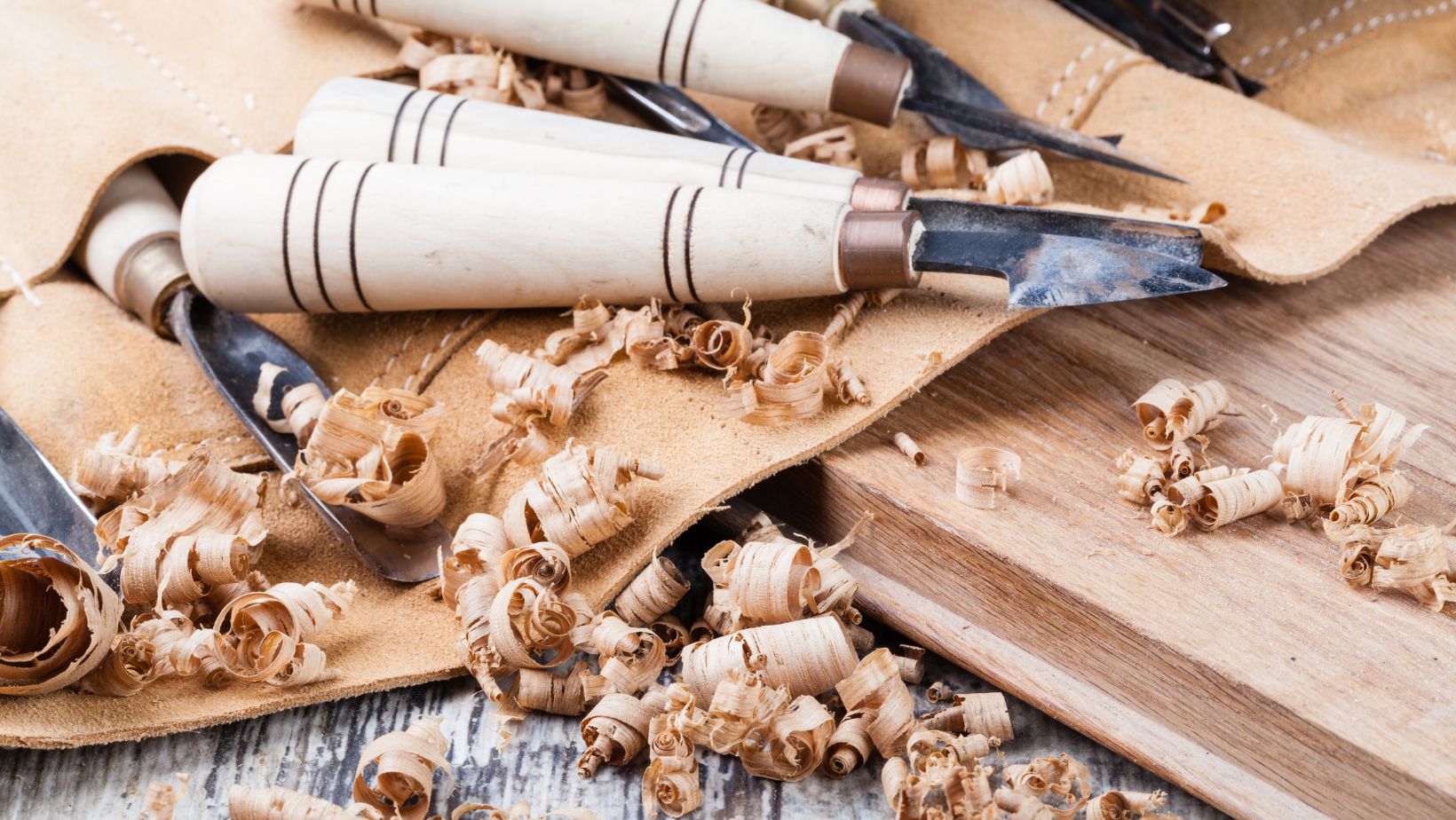Common Mistakes to Avoid When Using Spoon Carving Knives

Wood carving is a rewarding and challenging craft requiring skill, patience, and techniques. Whether you’re a beginner or an experienced carver, avoiding common mistakes can significantly improve your carving experience and results. Here are some of the most common mistakes when using spoon carving knives and how to avoid them when using wood carving tools.
Incorrect Knife Handling Techniques
Wood carving with Forged Steel Tools can be challenging for beginners, but with the right guidance and some practice, you will make progress in no time.
Using the Wrong Grip
Using your lats, the knife’s bevel should be away from your body. Rotate your wrists against your body, using this motion as a lever. Pulling the wood and knife away from each other is another great way to remove significant amounts of material.
Overly Aggressive Carving
One common mistake is to be too aggressive when carving. Cutting too much material at once can result in uneven surfaces, chipping, or even accidental injury.
Take your time and work in controlled, small cuts.
Poor Wood Selection
Specific characteristics of wood for carving spoons make the wood species more suitable. Here are some essential characteristics to consider:
- Hardness and Durability
Wood for carving spoons should be hard to withstand regular use and wear. Softwoods are generally unsuitable for carving spoons as they are more prone to dents and damage. Choose hardwoods with the strength and durability needed to withstand the demands of kitchen utensils.
- Fine and Dense Grain
Fine and dense grain in wood provides cleaner cuts and a smoother finish. It also helps prevent the wood from splitting or chipping during carving. Look for wood with a tight and uniform grain pattern for optimal carving results.
- Ease of Carving
Choosing a wood species that is relatively easy to carve will make your spoon carving kit experience more enjoyable and productive. Some woods have a uniform grain and are less prone to grain irregularities, making them more forgiving for beginners and experienced carvers.
- Stability
Wood for carving spoons should be relatively stable and resistant to warping or cracking. Stable woods help maintain the shape and integrity of the spoon over time, ensuring that it remains functional and visually appealing.
When it comes to carving spoons, the choice of wood is critical for both aesthetics and functionality. Different types of wood have unique characteristics that can greatly enhance the final product. Here are some commonly used types of wood for carving spoons:
- Maple
- Cherry
- Walnut
- Olive
Inadequate Knife Maintenance
Even knife care matters:
- Remove spoon carving kit immediately after use and before handling them for any purpose.
- Sharpen knives securely in a vice or clamp. Apply gentle pressure and be gentle.
- Hand wash spoon whittling kit individually. Do not mix them with other accessories.
- Pass knives by the handle, not the blade, during transport or storage.
- Discard seriously damaged or defective wooden spoon carving kit to prevent future breakages during use.

- Making safety an integral part of your knife care mindset is vital.
Lack of Proper Technique Training
Educating yourself and others on woodworking techniques is critical to creating a safety culture and minimizing the risk of accidents. Wood carving isn’t just about mastering techniques and completing projects; it’s also about the community you create. Interacting with other carvers can provide valuable learning, inspiration, and support. Choosing the correct spoon carving set of knives is crucial for beginners. Consider a set with various tools, such as chisels, gouges, and carving knives, to cover multiple carving techniques. Look for ergonomic handles that provide comfort for extended use. For beginners, a versatile set with various blade shapes and sizes is ideal for exploring different carving styles. High-quality materials and construction ensure durability and a well-organized storage solution keeps your tools accessible and protected. Research and choose a set that suits your carving goals and allows your skills to grow.
-
Success7 years ago
Consistency: The Key Ingredient to Success
-
Personal Finance2 years ago
What Does Conditionally Approved Mean For An Apartment?
-
HK Pools2 years ago
The HK Pools Forum Comunity Jos Markotop 2D Warna Kuning – A Great Way to Stay Connected
-
Personal Finance2 years ago
What Letter Grade Is 16 Out Of 20? |
-
Interesting Facts1 month ago
Introduction: Is Flirt.com The Website I Know I Can trust?
-
Gift Card Facts2 years ago
Do Trader Joe’s Gift Cards Expire? Find Out the Truth Here!
-
Latest News2 years ago
Isekai Kita no De Special Skill – An In-Depth Analysis and Insights
-
Gift Card Facts2 years ago
How to Check and Manage Your Crumbl Cookie Gift Card Balance




























